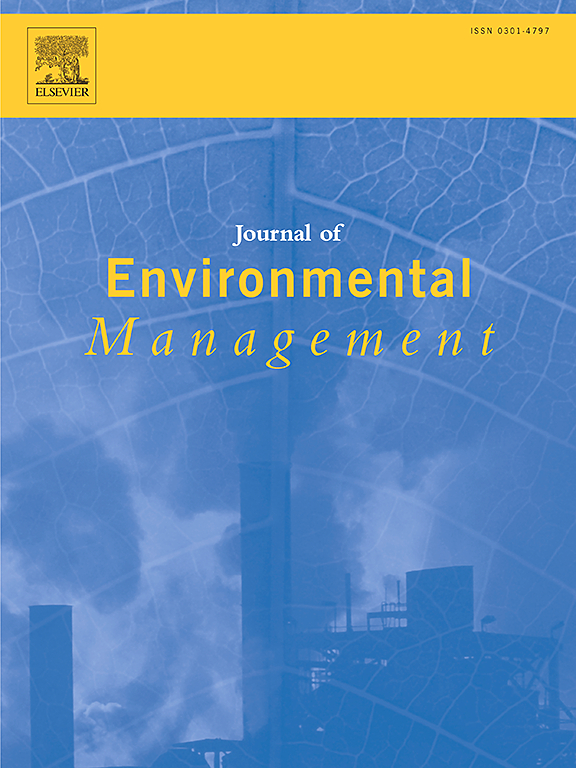Microplastics exacerbate the ecological risk of antibiotic resistance genes in wetland ecosystem
IF 8
2区 环境科学与生态学
Q1 ENVIRONMENTAL SCIENCES
引用次数: 0
Abstract
Wetlands are vital components of the global ecosystem, significantly influencing the retention and dissemination of microplastics (MPs) and antibiotic resistance genes (ARGs). However, the effects of different types of MPs on the environmental dynamics of ARGs within these ecosystems remain poorly understood. This study focused on the distribution and composition of ARGs associated with two primary types of MPs—polyethylene and polypropylene—within the Poyang Lake wetland, the largest freshwater lake in China, utilizing metagenomic analysis. The findings demonstrated that the bacterial communities and ARG profiles in the plastisphere were markedly distinct from those in the surrounding water. Specifically, thirteen opportunistic pathogens and forty subtypes of ARGs, primarily related to multidrug, bacitracin, and β-lactam resistance, were identified in the plastisphere. Notably, polyethylene exhibited four times more specific ARG subtypes than polypropylene. Procrustes analysis combined with network analysis indicated a lack of strong correlation between ARG abundance and bacterial populations, suggesting potential horizontal transfer of ARGs within the microbiota of the plastisphere. Additionally, three novel and functional β-lactamase genes were identified within this environment. This investigation highlights the role of MPs as reservoirs for ARGs, facilitating their exchange and posing risks to both ecological integrity and human health, thereby underscoring the need for increased attention in future research efforts.
微塑料加剧了湿地生态系统中抗生素耐药基因的生态风险。
湿地是全球生态系统的重要组成部分,对微塑料(MPs)和抗生素抗性基因(ARGs)的滞留和传播有着重要影响。然而,人们对这些生态系统中不同类型的 MPs 对 ARGs 环境动态的影响仍然知之甚少。本研究利用元基因组分析方法,重点研究了中国最大的淡水湖--鄱阳湖湿地中与两种主要MP(聚乙烯和聚丙烯)相关的ARGs的分布和组成。研究结果表明,质球中的细菌群落和 ARG 图谱与周围水体中的细菌群落和 ARG 图谱明显不同。具体来说,在塑球中发现了 13 种机会性病原体和 40 种亚型 ARGs,主要与多重药物、杆菌肽和β-内酰胺耐药性有关。值得注意的是,聚乙烯表现出的特异性 ARG 亚型是聚丙烯的四倍。Procrustes 分析与网络分析相结合表明,ARG 丰度与细菌种群之间缺乏很强的相关性,这表明 ARGs 有可能在塑球微生物群中横向转移。此外,在这一环境中还发现了三个新型功能性β-内酰胺酶基因。这项调查强调了多孔质体作为 ARGs 储存库的作用,它促进了 ARGs 的交换,并对生态完整性和人类健康构成风险,因此强调在未来的研究工作中需要加强关注。
本文章由计算机程序翻译,如有差异,请以英文原文为准。
求助全文
约1分钟内获得全文
求助全文
来源期刊

Journal of Environmental Management
环境科学-环境科学
CiteScore
13.70
自引率
5.70%
发文量
2477
审稿时长
84 days
期刊介绍:
The Journal of Environmental Management is a journal for the publication of peer reviewed, original research for all aspects of management and the managed use of the environment, both natural and man-made.Critical review articles are also welcome; submission of these is strongly encouraged.
 求助内容:
求助内容: 应助结果提醒方式:
应助结果提醒方式:


